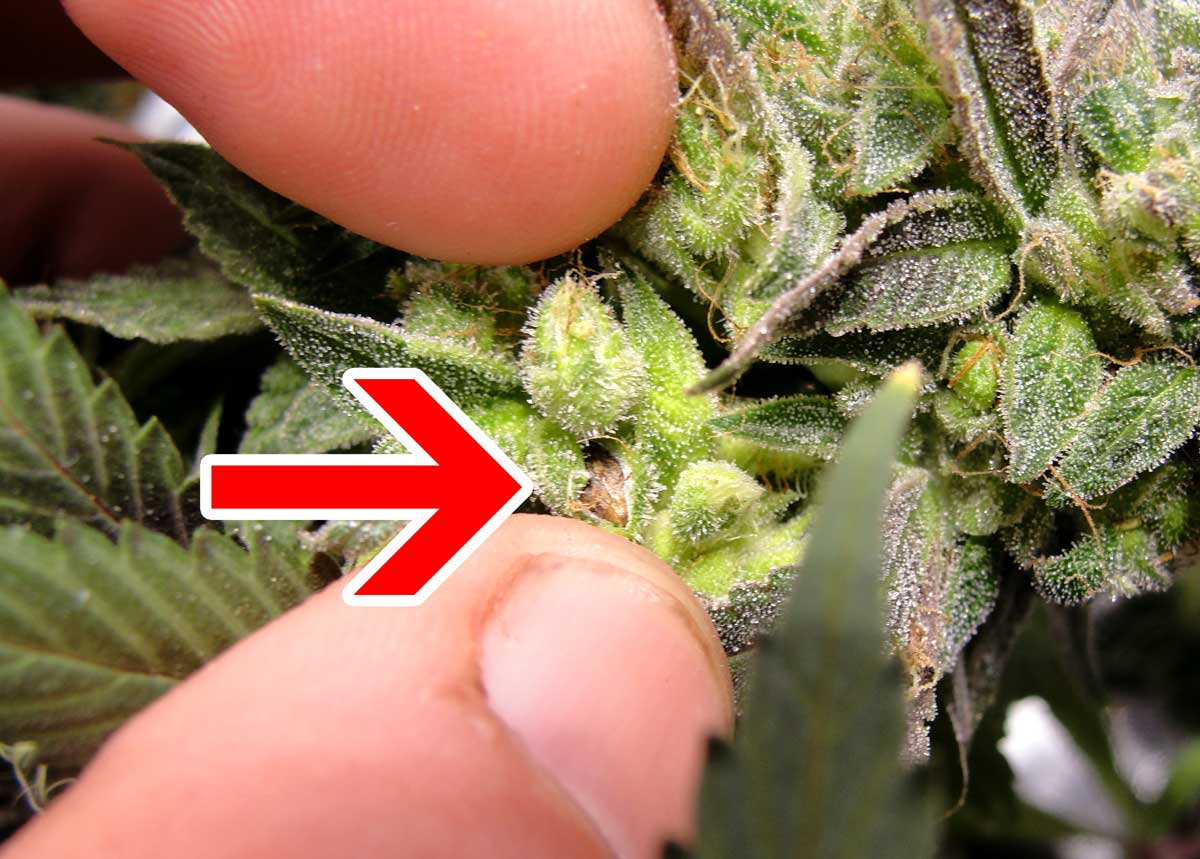Growing high-CBD cannabis strains demands careful attention in order to soil composition and even nutrient management to ensure optimal plant health, cannabinoid information, and yield. In contrast to high-THC strains, CBD-rich cannabis plants include specific nutrient demands to maximize their potential. In this particular article, you will discover the best dirt types and nutrient regimens for cultivating high-CBD cannabis.
Comprehending Soil Composition intended for High-CBD Cannabis
one. Ideal Soil Variety
The best dirt for high-CBD marijuana ought to be well-aerated, life-giving, and still have excellent drainage properties. Here will be the key characteristics to consider:
Loamy Soil: A blend of sand, silt, and clay offers an optimal balance involving drainage and chemical retention.
Sandy Loam: Offers excellent draining and aeration, avoiding root rot and fungal infections.
Organic-Rich Soil: High degrees of organic matter (such as compost) ensure a steady discharge of nutrients.
pH Balance: The excellent soil pH selection for high-CBD hashish is between six. 0 and several. 0 to assist in nutrient uptake.
2. Soil Amendments regarding CBD-Rich Cannabis
To create the great soil conditions, farmers can amend their particular soil with the particular following:
Perlite in addition to Vermiculite: Improve oygenation and drainage.
Coconut Coir: Helps maintain moisture while stopping overwatering issues.
Worm Castings: Enhance microbial life and supply slow-release nutrients.
Mycorrhizal Infection: Encourages root growth and increases nutrient absorption.
Important nourishment intended for High-CBD Marijuana
Such as all cannabis plant life, high-CBD strains demand three primary macronutrients: nitrogen (N), phosphorus (P), and potassium (K), commonly referenced to as N-P-K. However, their rate and application change slightly to boost CBD production.
1. Macronutrients
Nitrogen (N): Vital for vegetative growth, promoting rich green leaves and even strong stems. Even so, excess nitrogen might lead to too much vegetative growth at the expense regarding CBD production.
Phosphorus (P): Encourages basic development, flower development, and resin creation, which is essential for CBD-rich trichomes.
Potassium (K): Supports overall plant wellness, improves resistance to diseases, and boosts cannabinoid synthesis.
Recommended N-P-K Ratios:
Vegetative Stage: 3-1-2 or even 4-2-3
Flowering Period: 1-3-4 or 0-3-4 (to reduce nitrogen intake and concentrate on CBD-rich bud production)
2. Micronutrients
Micronutrients play some sort of crucial role in CBD cannabis fostering. These include:
Calcium mineral (Ca): Strengthens cell walls and inhibits common deficiencies love blossom end decay.
Magnesium (Mg): Essential for chlorophyll production and energy exchange.
Sulfur (S): Assists in amino chemical p and enzyme generation.
Iron (Fe), Zinc (Zn), Manganese (Mn): Promote enzyme functions and overall plant metabolism.
Organic as opposed to. Synthetic Nutrients: Which Is Better?
Whenever choosing nutrients with regard to high-CBD cannabis, growers must decide in between organic and manufactured fertilizers.
official statement (Preferred for CBD Quality)
Compost Teas: Enriches soil together with beneficial microbes.
Seafood Emulsion: Provides nitrogen while being mild on roots.
Such as the Guano: Enhances phosphorus content for flowering.
Kelp and Kelp Extracts: Stimulate your root growth and increase CENTRAL BUSINESS DISTRICT levels.
Molasses: Feeds beneficial bacteria, increasing soil health.
Synthetic Nutrients (Fast-Acting but Risky)
Commercial N-P-K Fertilizers: Quick nutritious delivery but can lead to nutrient imbalances in case overused.
Hydroponic Nourishing substances: Useful for soilless setups but demand careful pH supervising.
Organic methods are usually generally recommended with regard to high-CBD strains, as they promote terpene and cannabinoid generation without chemical distraction.
Watering and Nutritional Application Tips
Providing water Schedule: Keep garden soil evenly moist although not waterlogged. Overwatering causes root rot in addition to nutrient deficiencies.
Nourishing Frequency: Feed crops once a 7 days during the vegetative stage and two times a week within the flowering stage.
Flushing Before Pick: Stop nutrient software 1-2 weeks before harvesting to boost CENTRAL BUSINESS DISTRICT purity and eliminate residual nutrients.
Ideal Soil and Nutritional Strategies for Interior vs. Outdoor Expanding
Indoor Growing
Use pre-amended organic garden soil to reduce reliance on liquid nutrition.
Implement controlled eating with compost green teas and organic products.
Monitor humidity and temperature to avoid mold and infestations.
Outdoor Expanding
Use raised beds together with well-draining soil plus cover crops for nutrient retention.
Utilize mulch to take care of garden soil moisture and temp balance.
Count on organic and natural fertilizers like manure and worm ordonnance for long-term soil health.
Summary
Choosing the best dirt and nutrients with regard to growing high-CBD marijuana strains is necessary for producing powerful, high-quality buds. By selecting a a well ballanced loamy soil, working with organic amendments, plus maintaining proper vitamin levels, growers will optimize CBD generation while ensuring eco friendly and healthy plant growth. Whether cultivating indoors or outside, following these guidelines will bring about a successful and fulfilling harvest of CBD-rich cannabis.
previous post